
While on assignment in the Russian city of Astrakhan in the spring of 1960, LIFE photographer Carl Mydans took a break to jot down a scene he witnessed during his tour of the city’s largest fish processing plant:
“When the tank boats with their swimming fish arrive at the plant, men in rubber suits, usually two to a boat, climb into the boats and in waist-deep water reach among the thrashing fish, seize a snout, lift the fish part way out of the water and strike it with a wooden club. This is supposedly a death blow, but later, in the first processing room, many of the great fish slither about on the concrete floor and are very much alive.”
The fish in question were no ordinary fish, but sturgeon—a species best known for the rare, highly coveted and exorbitantly priced eggs they produce: caviar. Considered by most to be an exotic indulgence, sturgeon caviar makes a rare appearance on menus and grocery lists on Valentine’s Day, its salty, viscous texture making it a perfect complement to a bubbly glass of dry champagne.
Considering how delicate caviar pearls are, it may come as a surprise to learn how roughly fisherman treated the fish that bred them. But caviar harvesting, like so many Soviet-era endeavors, was a highly regulated, scientifically tested, and routinized process born from decades of experience. In 1960, the year Mydans visited the Astrakhan Fish and Can and Refrigeration Complex, 93% of the world’s yield of “osetr” and “beluga” caviar came from the Soviet Union. In other words, the techniques that the rubber-clad men employed to separate egg from fish, harsh though they may have been, worked.
The men Mydans photographed holding up the enormous, prehistoric-looking fish in all its splendor had the Soviet government to thank for their expertise. The 1950s witnessed a major slump in the country’s caviar yield, a product of environmental damage inflicted on the sturgeon’s spawning ground in the Volga River. To make up for a decade of lost production, the government in 1959 began to invest in building sturgeon hatcheries along the rivers where sturgeon had once spawned. By the mid-1960s, the sturgeon population stabilized. Fish biologists were funneling millions of sturgeon into the rivers, leaving the fisherman at the Astrakhan Fish plant with no choice but to streamline the caviar extraction process as efficiently and quickly as possible.
The Soviet fishing sector was not the only industry to feel a push during the 1960s. Under Nikita Khrushchev’s leadership, the entire Soviet economy reoriented its focus toward consumer-good production, as opposed to industrial production, a Stalin-era hallmark. Instead of churning out bridge parts, tractors and military equipment, factories started to produce household appliances, food items and clothing, many of which were earmarked for foreign export. Economic policymakers reasoned that the time had come for the Soviet Union to surpass the capitalist world not just as an industrial power, but as a country capable of creating and fulfilling national and foreign demand for domestically produced consumer items. Caviar, perhaps the most universally adored and lucrative Russian export, fit that philosophy to a tee.
The world that Mydans entered when he stepped into the Astrakhan Fish and Can and Refrigeration Complex was curated specifically to showcase the Soviet government’s commitment to rebranding itself as a competitor on the world economic stage. His guides, experts in the art of propaganda tourism, knew precisely what would impress a guest from the west. Wall-to-wall tables stacked with towers of blue caviar tins evoked the limitless bounty that blessed the nation’s caviar industry. Rows of neatly dressed women carefully spooning black sturgeon roe into containers conveyed a sense of orderly expertise, as well as the fulfillment of the country’s goal of gender equality in the workplace. Above all, the festive dinner spread, featuring pickles, vegetables and the classic Russian caviar accompaniments of bread, butter and vodka, captured what the Soviet government had always wanted the rest of the world to see: that a socialist economy could be more than just functional — it could be luxurious, too.
Reality, however, was far less glamorous. As Mydans noted himself in his dispatch from Astrakhan, caviar remained as scarce within the Soviet Union as it was outside. For most Soviets, caviar was out of reach, both physically and financially. The highest quality caviar, if it did not go to prime export markets, went straight from Astrakhan to the Kremlin door, while the lower-grade batches got sent to theater buffets (including the Bolshoi), tourist shops and airports, where foreigners could purchase last-minute souvenirs before boarding their flights. Like Valentine’s Day revelers in the United States today, Soviet citizens broke out the caviar only on the most special occasions: New Year’s Eve and the occasional birthday.
In some ways, it was all for the better. Despite the hatching program’s success, sturgeons and their natural habitat remained endangered and would never be able to meet the demand of a domestic market, had one existed. The absence of any meaningful environmental protection regulations, bolstered by decades of pollution stemming from the very factories and dams that helped turn the Soviet Union into an industrialized country, wrecked havoc on Soviet waterways, including the sturgeon’s beloved Caspian Sea. “No one knows why the Caspian is falling,” Mydans wrote in his field notes, a testimony to his host country’s lack of environmental awareness.
It didn’t help that the sturgeon refused to cooperate with efforts to save them.
“Unlike the more intelligent American salmon, which are able to use the various steps and other aids provided by hydroelectric plant engineers to allow them to reach their spawning grounds above the damns, the sturgeon have proved unable to do so,” Mydans reported, adding that “they are a stupid fish, and their unusually low IQ has presented the Russians with a problem.”
To solve the problem of declining caviar yield, the Russians, like so many caviar producers before and after, rejected conservation and rehabilitation and turned instead to embracing the luxury market as the ideal place for caviar to be sold. Sturgeon scarcity would lead to a boom for Russian caviar exports after the fall of the Soviet Union, with the asking price for beluga caviar today clocking in at upwards of $2,000 per pound. The sturgeon, having survived socialism, is undergoing a similar test under capitalism. What is striking is that both economic systems have produced similar results: caviar, unlike almost everything else that a socialist and a capitalist economy might produce, has never been, and may never be, “for the masses.”

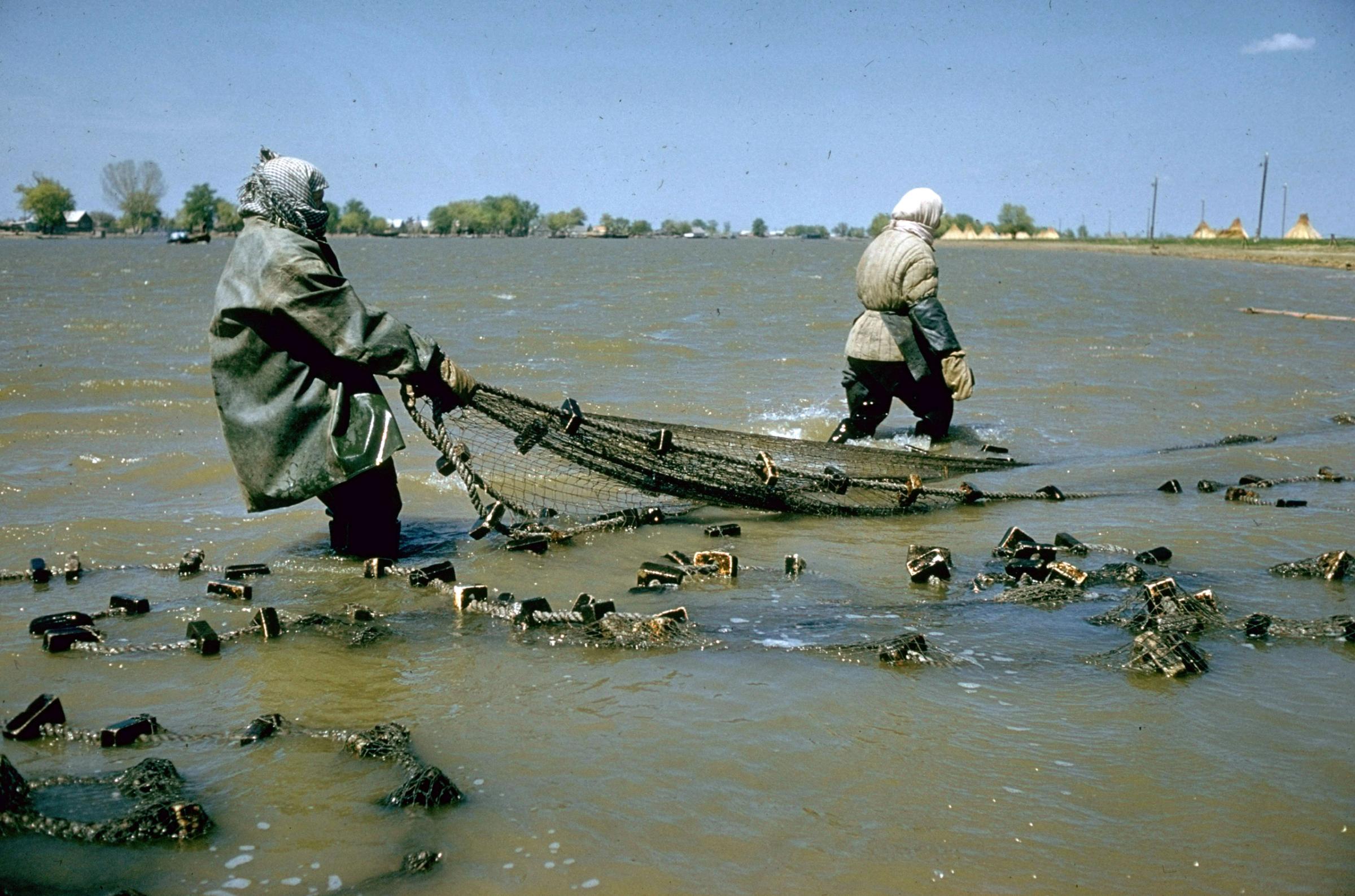

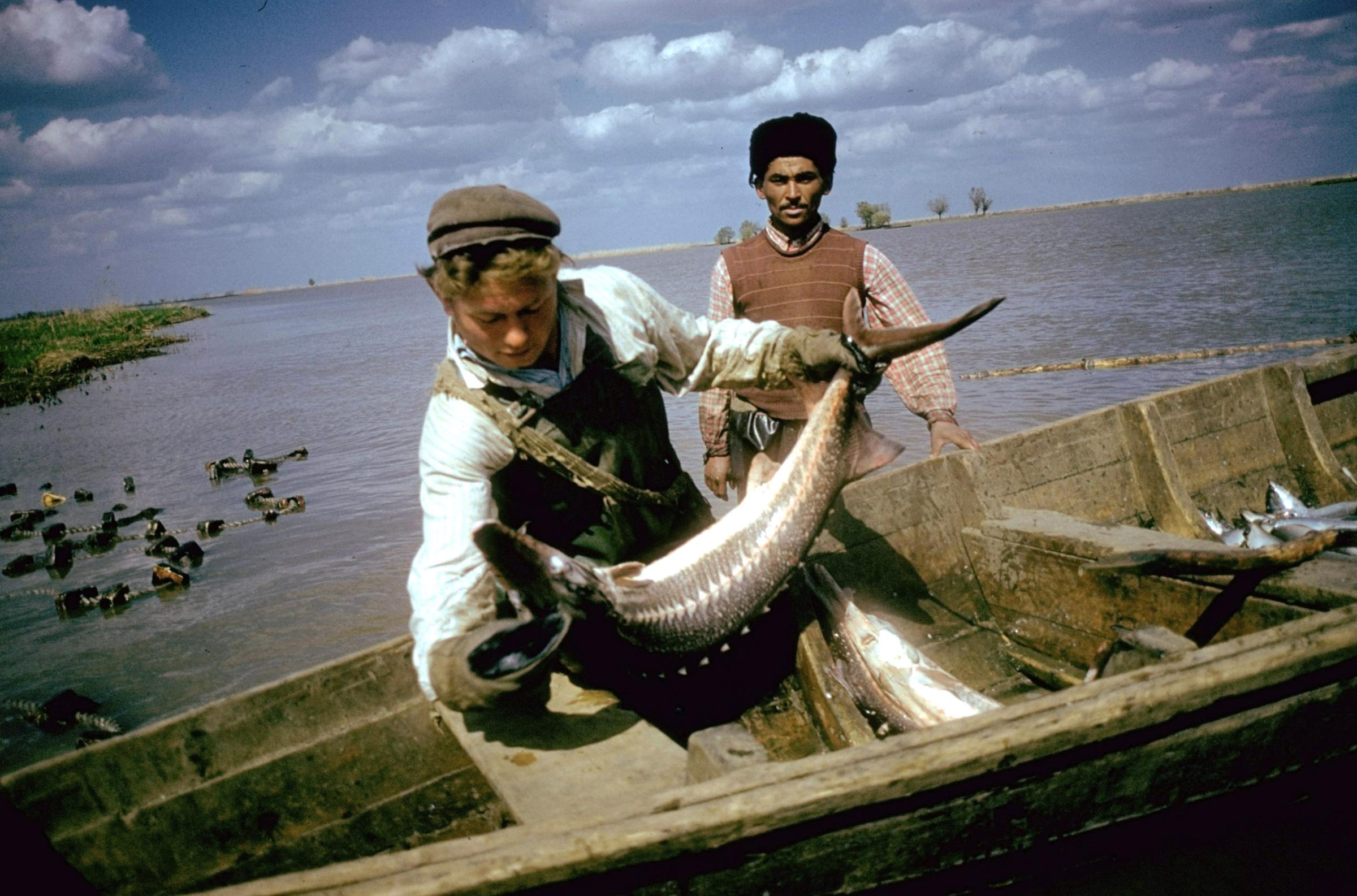
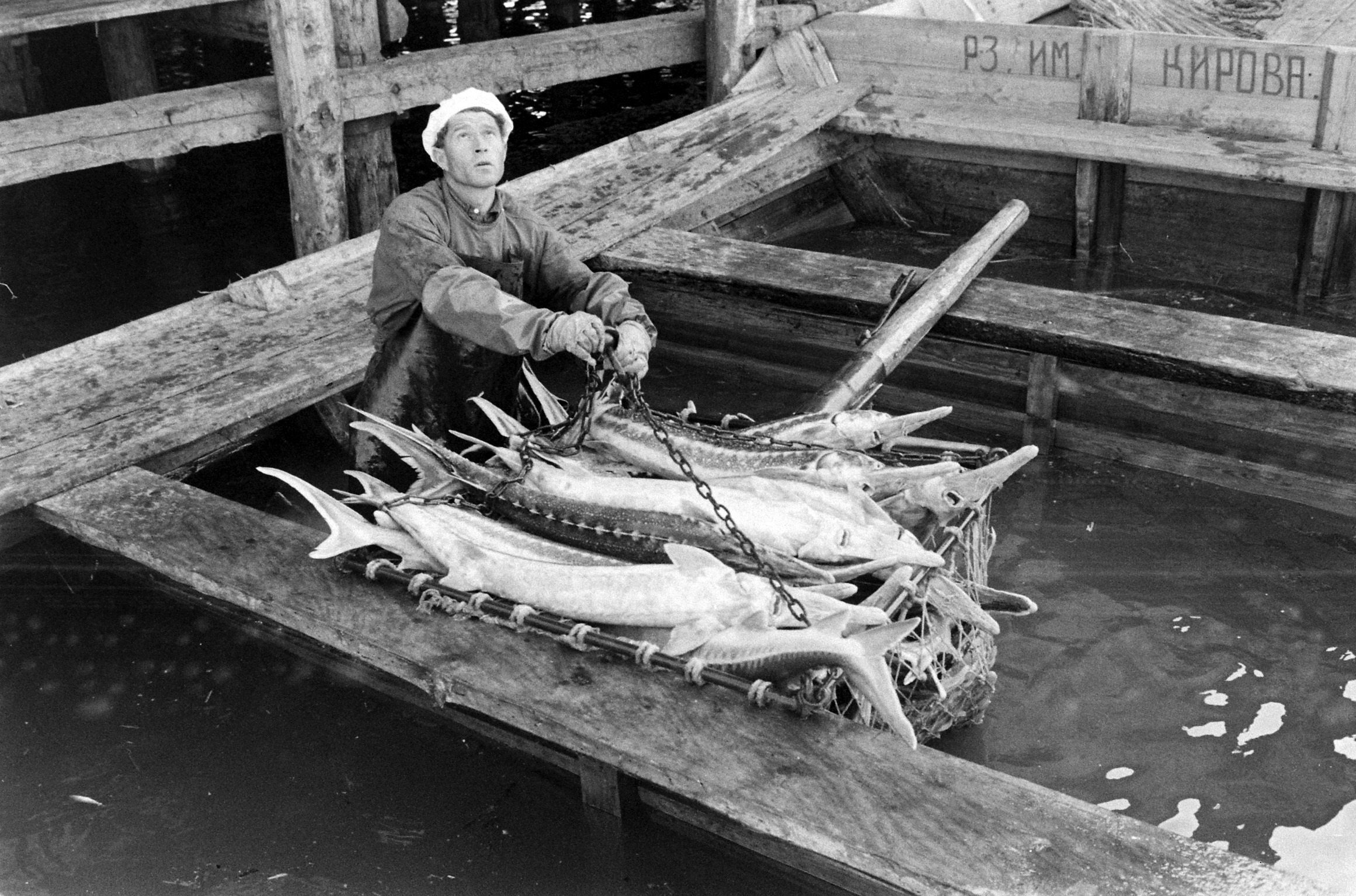


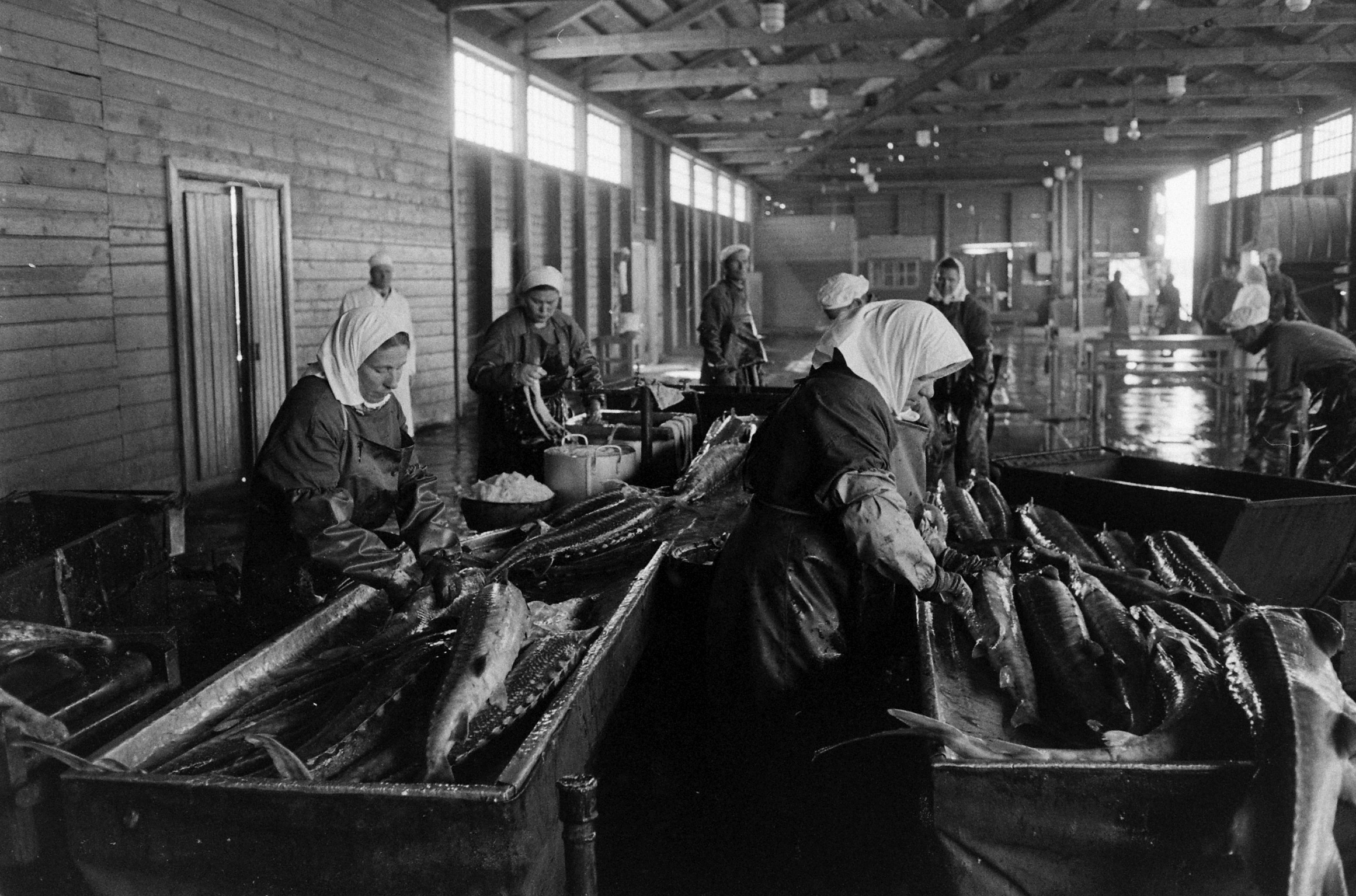

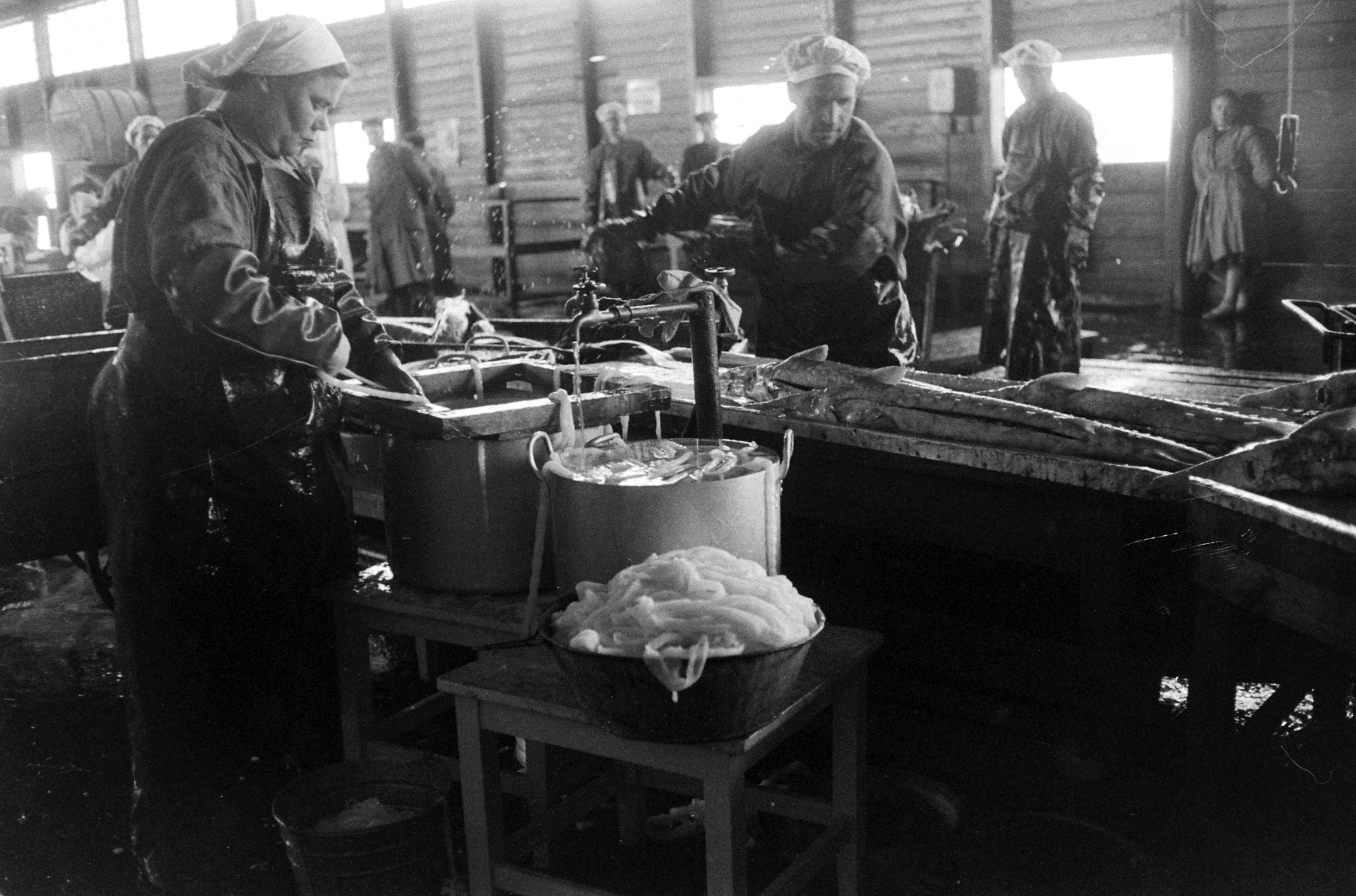
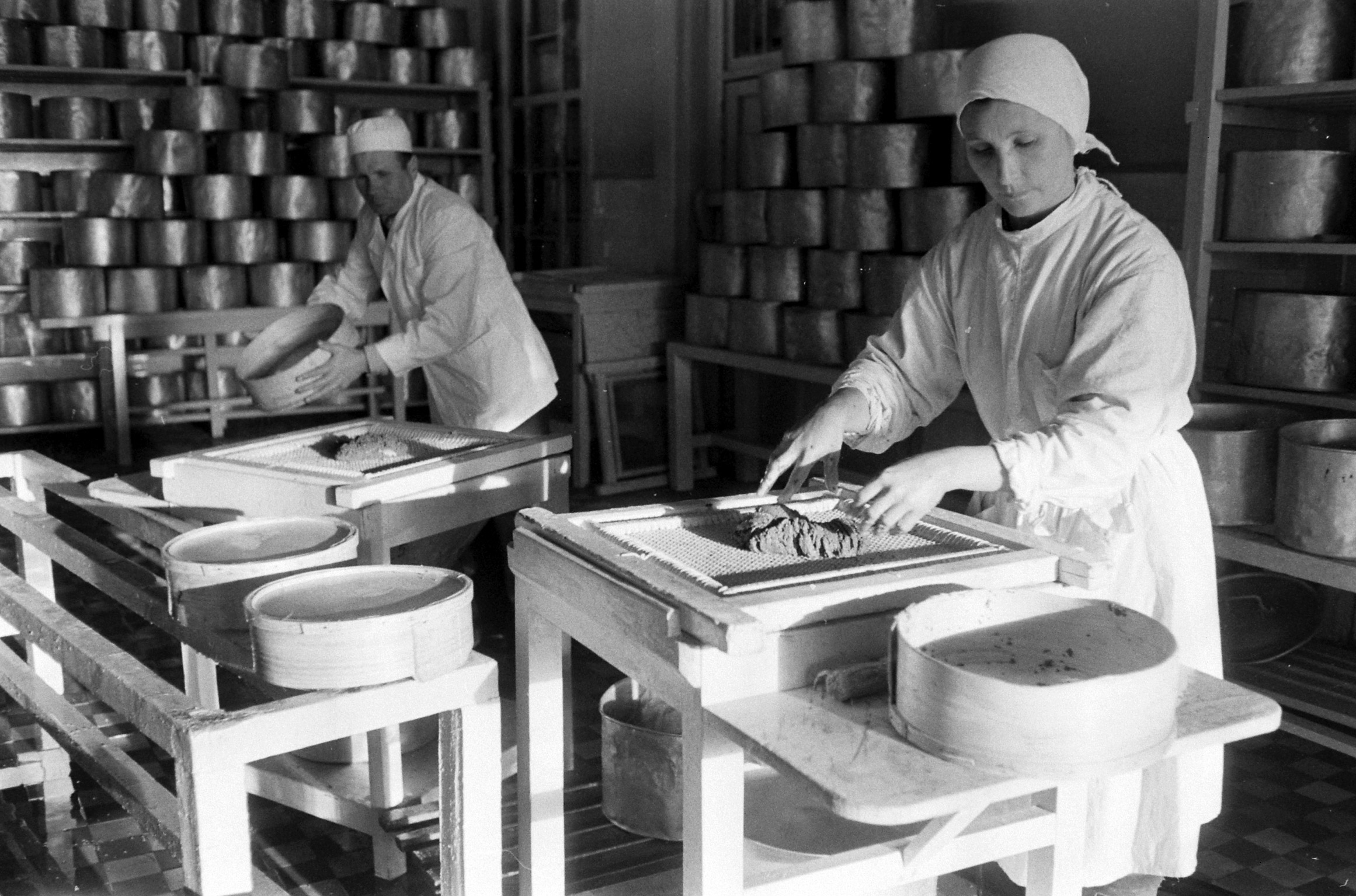

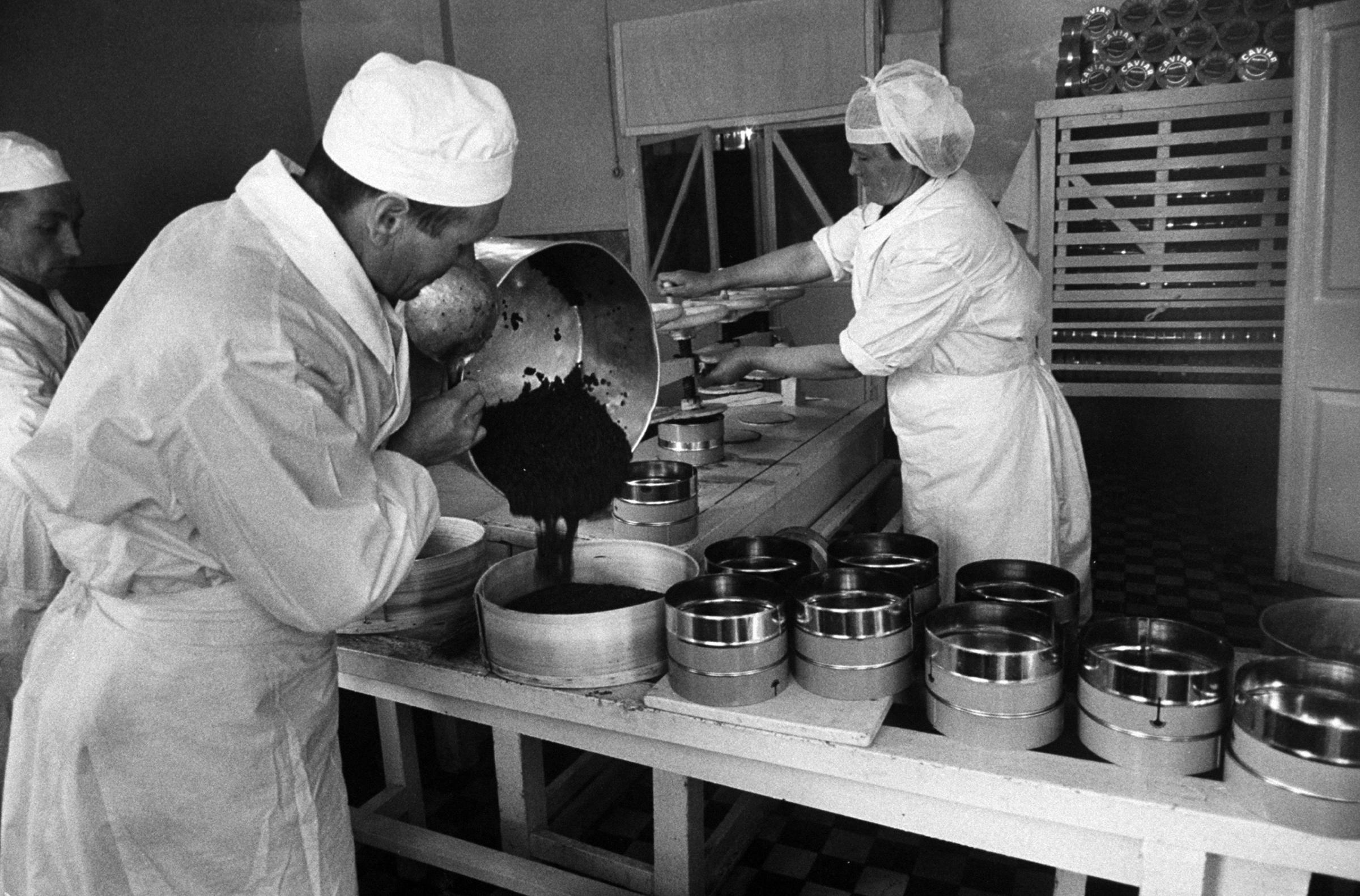
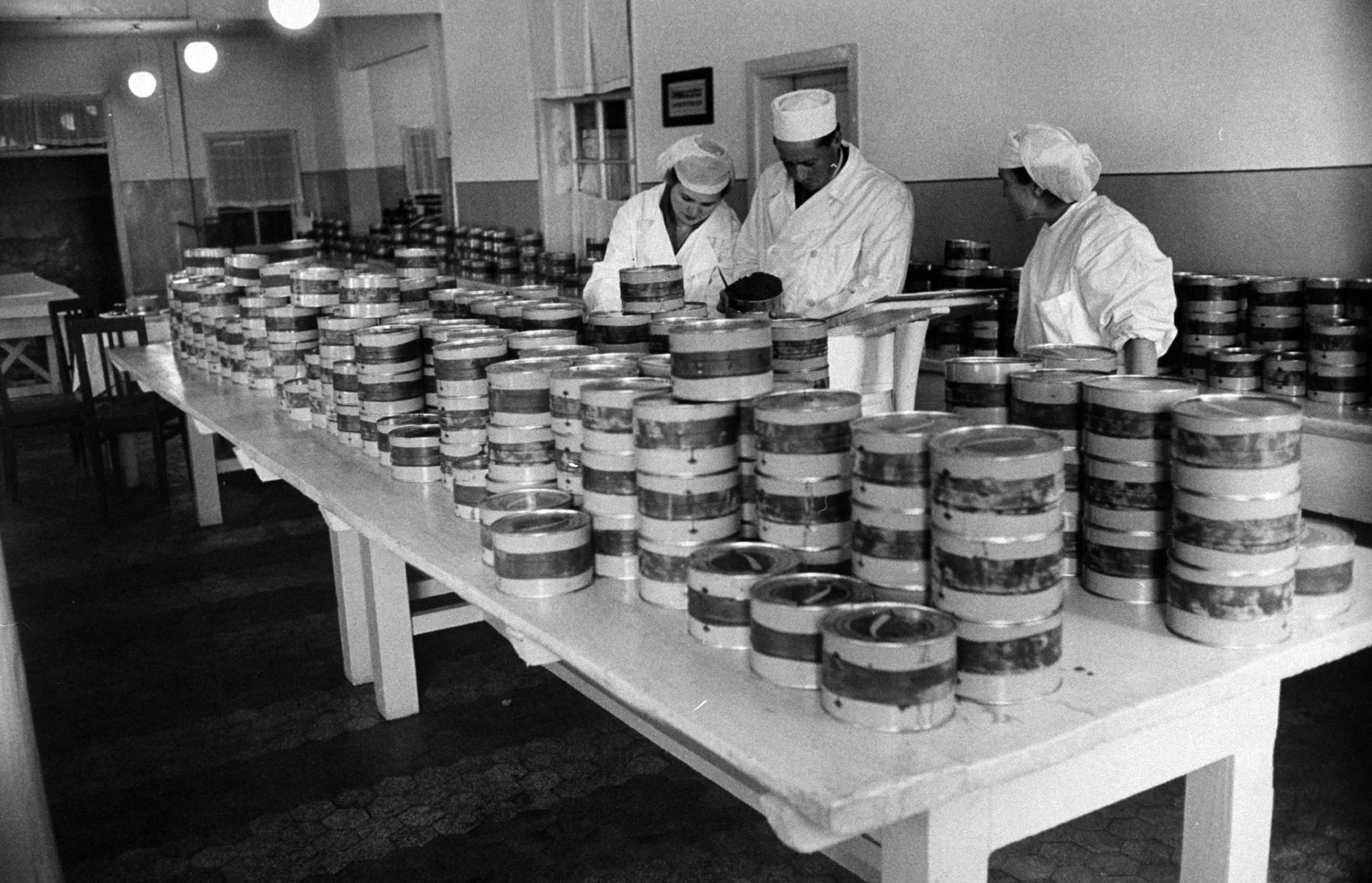
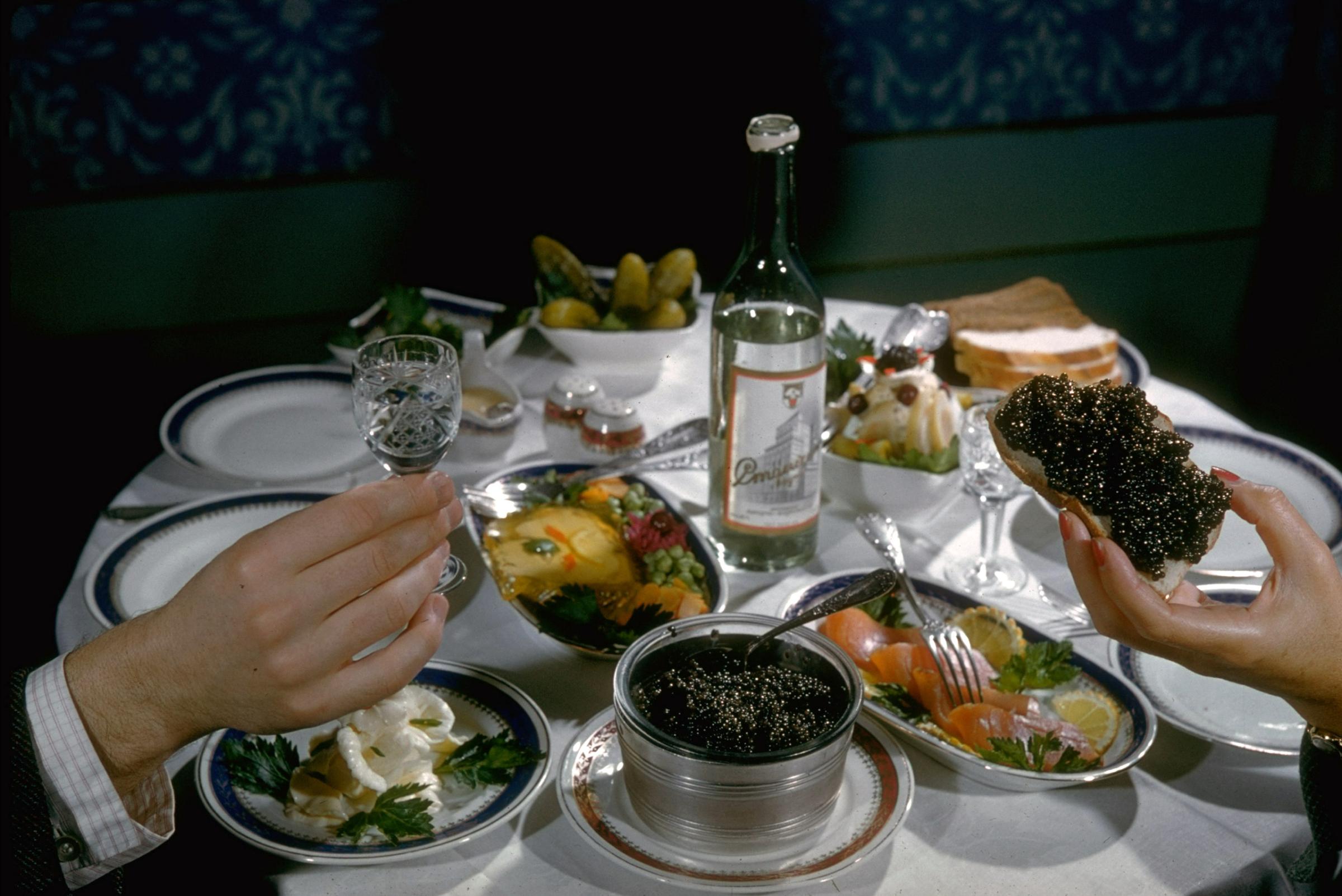
More Must-Reads From TIME
- Dua Lipa Manifested All of This
- Exclusive: Google Workers Revolt Over $1.2 Billion Contract With Israel
- Stop Looking for Your Forever Home
- The Sympathizer Counters 50 Years of Hollywood Vietnam War Narratives
- The Bliss of Seeing the Eclipse From Cleveland
- Hormonal Birth Control Doesn’t Deserve Its Bad Reputation
- The Best TV Shows to Watch on Peacock
- Want Weekly Recs on What to Watch, Read, and More? Sign Up for Worth Your Time
Contact us at letters@time.com